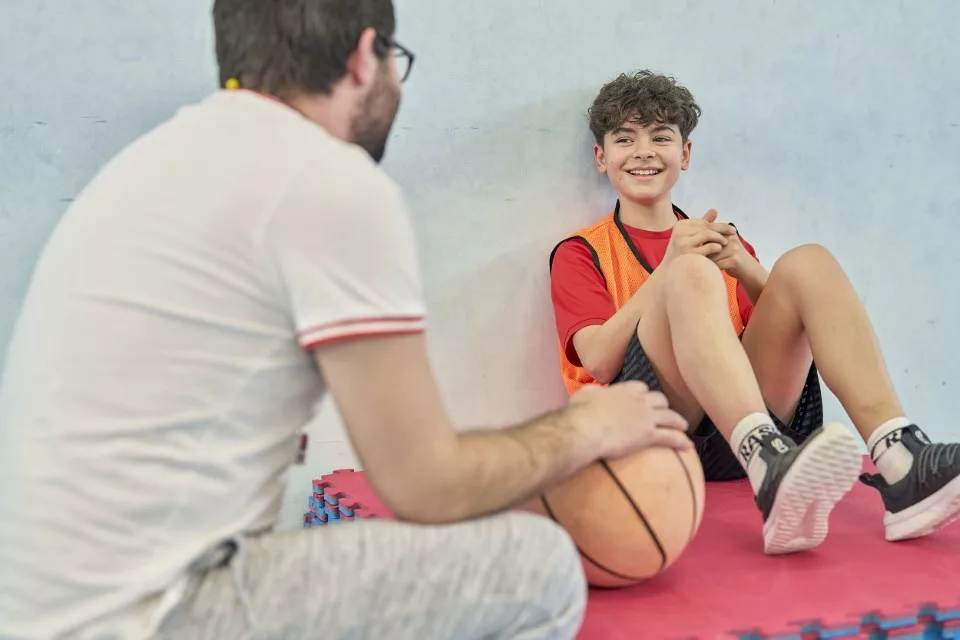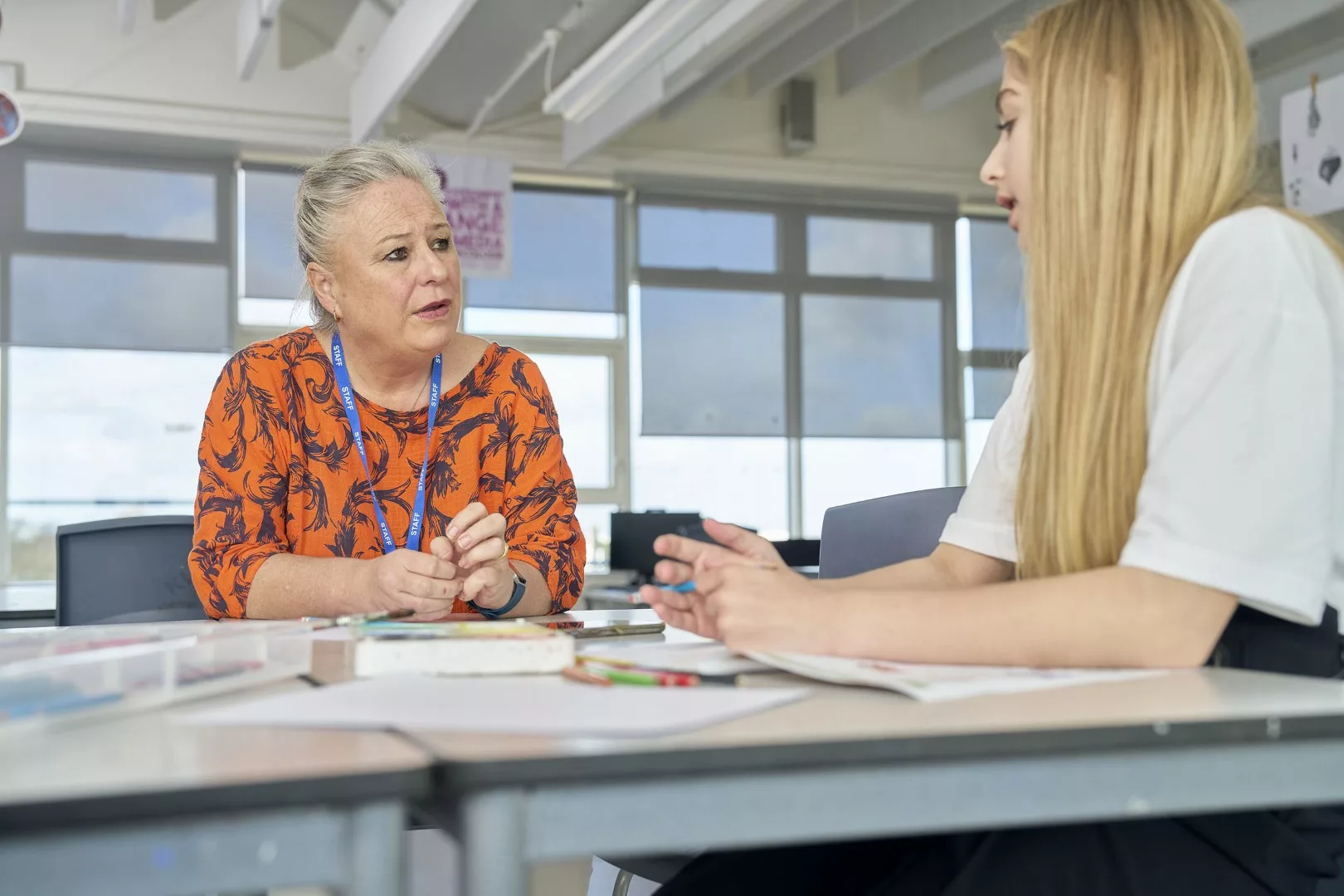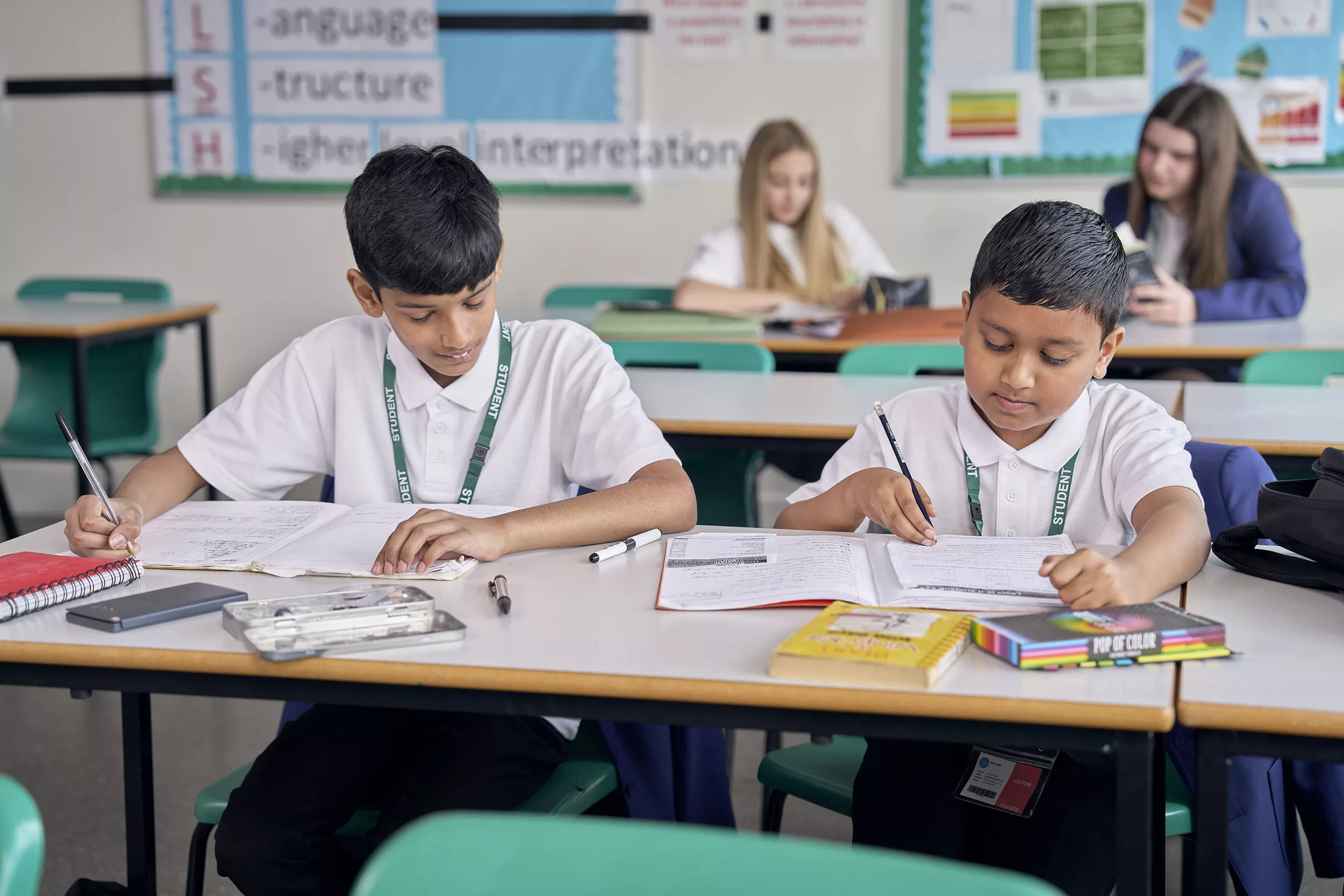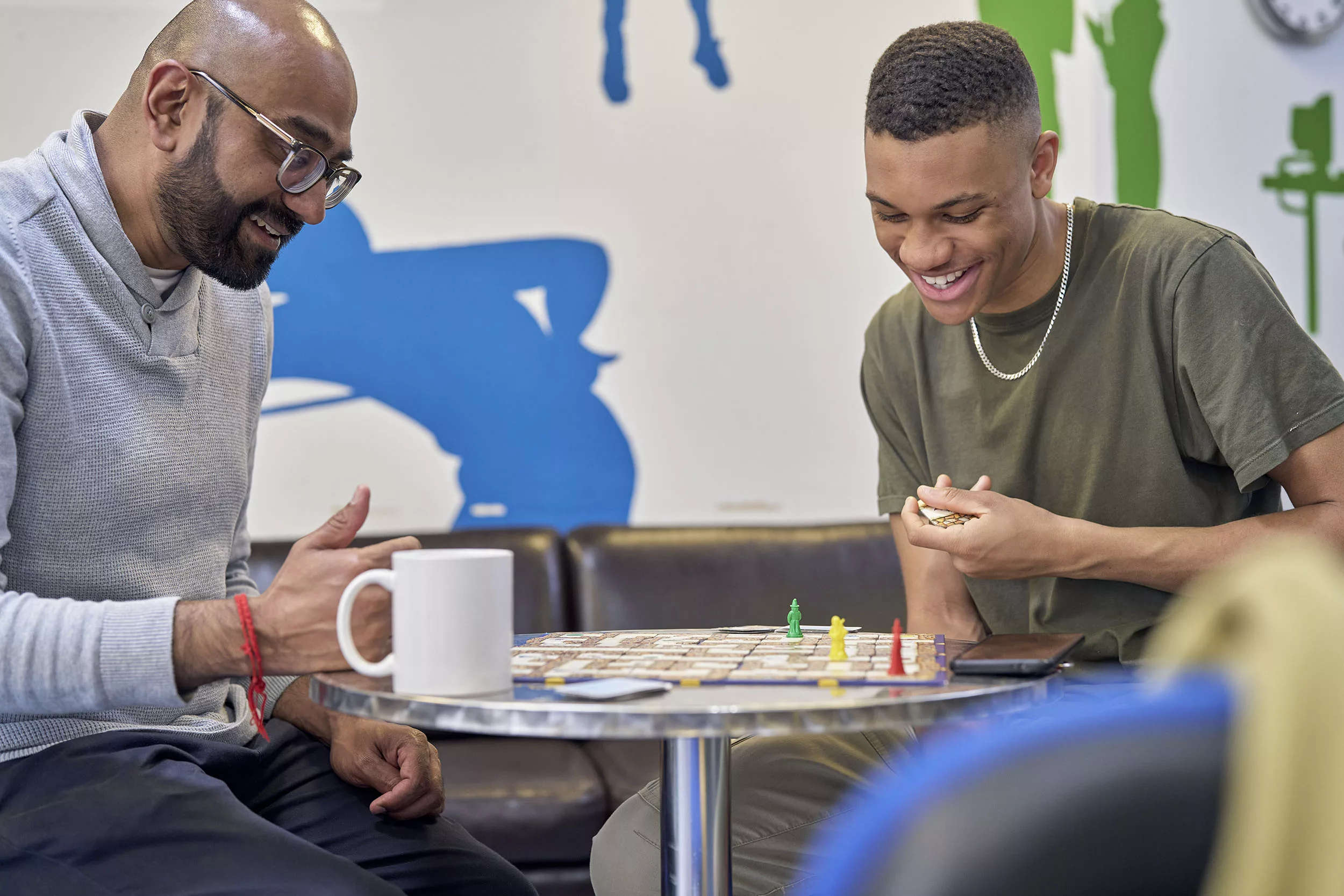
Protecting children
Protecting children from sexual abuse requires everyone with a stake in working with children to prevent abuse to get involved.
Police disruption
Disruption is a powerful weapon for combatting crime and is key to the UK Government’s 2021 Strategy for tackling child sexual abuse. Disruption, alongside enforcement and prevention, is one of the principal ways in which police respond to criminality and criminal activity. While enforcement focuses on the prosecution of past crimes, and prevention aims to stop whole groups of suspects or protect potential victims, disruption is a more flexible and dynamic approach which seeks to interfere with offenders’ networks, lifestyles, and routines so that it is harder for them to commit crime.
Our research in this area is presented in two parts: a new study highlighting police perspectives on the disruption of child sexual abuse, its effectiveness and practice experiences; and a supporting scoping review of the existing literature on the subject.
Download our national survey and scoping review on police disruption:
By Nadia Wager, Alexandra Myers and Diana Parkinson
The aim of this research was to identify and better understand current police practice, challenges and enablers in disrupting child sexual abuse. To explore this, we conducted an national online survey of frontline officers and staff across 32 police force areas in England and Wales, and strategic leads across 20 forces. As part of this we found two-thirds of frontline personnel surveyed said they had been involved in disrupting child sexual abuse, but one quarter had received no specific training in relation to child sexual abuse.
Like our survey of police personnel, our scoping review of existing literature on the subject found that disruption measures have been used mostly to prevent or interfere with child sexual exploitation outside the family or home environment, or the sharing of child sexual abuse images online, rather than other forms of child sexual abuse.
Complex safeguarding
Complex safeguarding is an approach responding to criminal activity, or behaviour associated with criminality, involving children and adults, where there are concerns of exploitation and/or safeguarding concerns.
In this small-scale exploratory study we looked at the extent to which all forms of child sexual abuse feature in the work of professionals working within a complex safeguarding team. Conducted through a combination of semi-structured telephone interviews across one team, a small online focus group with participating social workers and an online survey to more than 60 individuals, the findings highlight the complexities of language used around child sexual abuse and child sexual exploitation and the challenges professions face in addressing concerns of child sexual abuse – especially without verbal disclosure – while endeavouring to build and maintain relationships of trust with young people.
Identifying and responding to child sexual abuse within complex safeguarding approaches
Dr Jasmin Tregidga and Jo Lovett
Understanding risk tools
A number of tools and checklists are widely used to identify young people at risk of child sexual exploitation. Earlier research identified many issues, including a lack of consistency in the risk indicators featured in different tools, and varying thresholds for being identified as a potential victim of exploitation.
In this exploratory study we sought to build on this research, exploring the purposes for which tools and checklists are used and the ways in which they do or do not support good practice in the developing field of child sexual exploitation prevention. This work combines findings from an online survey with interviews with professionals to examine how and when tools and checklists for risk assessment are used, the value attached to them by professionals, and variations in practice.







